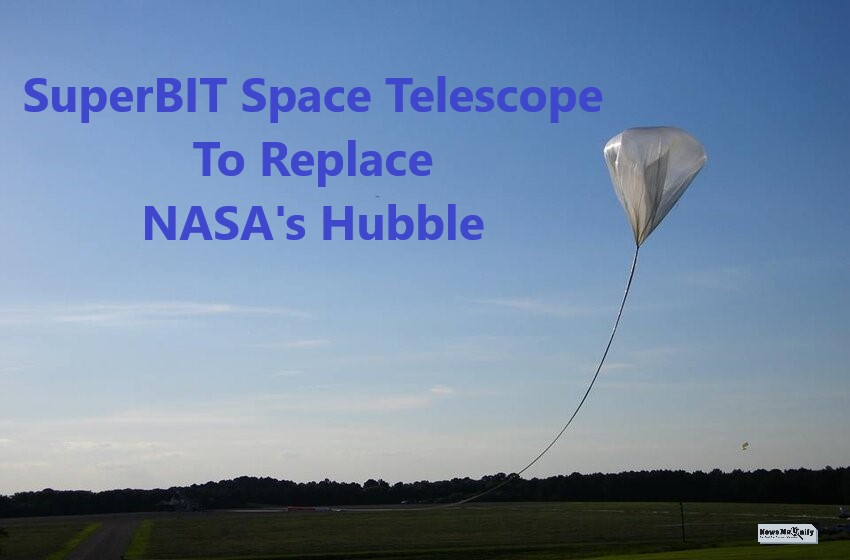
The New SuperBIT Telescope Will Replace NASA’s Aged Hubble
- Technology New Innovation & Researches
 Sophia Silva
Sophia Silva- July 23, 2021
- 0
- 6 minutes read
While NASA’s Hubble Telescope returns after spending at least one month without any action because of the failure of its payload computer. SuperBIT Project’s helium telescope may be the next grand thing in the astronomy world and can effectively compete with Hubble. For many years the Hubble of NASA has been praised for capturing dazzling images of space but the Super pressure Balloon Borne Imaging Telescope which is also known as SuperBIT will fly 40 km above the sea level in the sky and will give,
“Insight into the distribution of dark matter in galaxy clusters and universe."
- Department Of Physics, Toronto University
About SuperBIT
The SuperBIT telescope is formulated by a team of scientists from Princeton University, Toronto University, and Durham University in England alongside NASA and the CSA (Canadian Space Agency). The official website of the University of Toronto illustrated the telescope as a
“Highly-stabilized, high-resolution telescope that operates in the stratosphere via NASA's super-pressure balloon (SPB) system.”
SuperBIT is a wide-field, 0.5m, and diffraction-limited balloon borne telescope which is transferred to the needed altitude of 40 km above sea level with the help of a helium balloon with a volume of 532,000 cubic meters, about the size equal to a football stadium. It functions in the stratosphere in a bid to attain space-like working conditions as well as action. The optical sense of the telescope is from near-infrared (900 nm) to near-ultraviolet (300 nm).
And while the conventional weather balloons can stay aloft for several days before their helium dissipates, SuperBIT’s “super pressure” balloon encloses its helium for several months. This implies that the telescope should be able to stay at altitude for that amount of time, capturing pictures at night and utilizing its solar panels to recharge its batteries during daylight hours.
According to Mohamed Shaaban who is a doctoral candidate from the University of Toronto,
"It's the same sort of quality that you'd get from a space telescope of that size, but it's significantly cheaper. The reduction in cost makes it significantly more accessible."
How Does SuperBIT Operate?
In order to secure against its recorded images being lost in an abortive landing or other blunders, SuperBIT will regularly eject hard drives of data that can be traced with GPS and that will parachute to the ground throughout the time of each mission. The drops will not be done over the ocean, where the hard drives would just sink.
Once its mission is over, the balloon will be burst, and the telescope will be brought back to Earth by parachute. All of its information and pictures can then be retrieved, and any necessary repairs or upgrades can be made before its next launch.
SuperBIT Vs Hubble Telescope
There is no doubt that SuperBIT emerged as the Hubble telescope’s rival. Servicing the Hubble telescope involves sending astronauts out to it. To keep those trips to a minimum, such space telescopes insert fail safes that add more to their cost. But the design of SuperBIT has been perfected and refined rapidly through various test flights, it is needed for space telescopes to be near to a state of perfection before their primary launch which implies that they take a long time in designing. According to Mohamed Shaaban,
"The fact that we have these test flights means that the development time scale – from the day you start to the day you finish – is significantly shorter. This contributes to reductions in costs, but more interestingly, it means you can keep up with the state of the art in technology."
Conclusion
The first operational flight of SuperBIT has been scheduled for April 2022. It will fly off from Wanaka, New Zealand, and will circumnavigate the Earth for several times to capture images of the night sky and during the day it is scheduled to recharge its batteries from the daylight.

